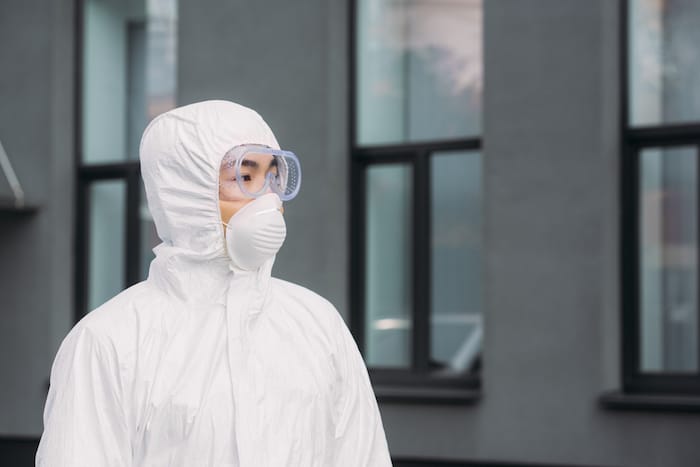There is never a time when those who work in the healthcare field do not face some level of challenge. However, those challenges have never been more poignant than they are today. If anything, the current climate for healthcare workers has exposed additional issues that had never been considered. Let’s look at the top challenges currently facing healthcare workers.
Lack of PPE (personal protective equipment)
COVID-19 is currently dominating every news cycle—and with good reason. The global community hasn’t seen an epidemic like this in about 100 years. But this pandemic has exposed a new challenge for healthcare workers; hospitals and medical offices running out of PPE.
As the NYT reports, healthcare workers in the US are being forced to reuse items that are one-time use only. There are not enough masks, gowns, gloves, etc. These shortages have exposed workers unnecessarily to the novel coronavirus. Some have lost their lives because of these shortages. Others quit their jobs rather than risk their lives.
Personal Safety
Before a shortage of PPE took center stage, the safety of staff from patients, and sometimes visitors was a grave concern for frontline healthcare workers. Violent assaults against healthcare workers have been on the rise for years. Outbursts from patients and their families are daily occurrences, especially in emergency rooms. Some hospitals report the seizure of weapons from patients daily. According to a report from OSHA, workplace violence is four times more likely in the healthcare field, and half of ER doctors report being physically assaulted at work.
Workforce Shortages
Even before COVID-19, there was a shortage of workers in the healthcare profession, specifically doctors. Labor shortages have been leading to burgeoning workloads and longer shifts for years. While these longer shifts can sometimes trigger overtime pay for professionals like nurses, the extra money isn’t enough to compensate for the other complications caused by these shortages.
Burnout is a real challenge among healthcare workers. These shortages also lead to overall job dissatisfaction and more turnover in the workforce. This stress is eventually felt by patients who may experience laps in their care or patients who receive lower-quality care. Overworked healthcare professionals disproportionately suffer from repetitive strain injuries such as back and neck pain, straining their finances just to stay healthy.
Slow To Adopt To Technology
Information technology has the ability to revolutionize the American healthcare system. The problem is the American system has been slow to accept this revolution. In some places, it has fought against any type of technological change. The switch to electronic records has been slow and painful for some medical systems. This has left many patients without access to those records. This becomes a problematic situation when a patient is being treated elsewhere, and medical staff at that location needs access to their health info asap.
This lag in technology is further straining health care workers that have to keep track of patient records themselves. Strides are being made in this area, but the conversion and syncing of medical records are still many years behind schedule.
Low Salary In Comparison To Workload
This is a common refrain in many professions. But it is very prevalent in healthcare. Pay rates for frontline healthcare workers vary widely. Even for a registered nurse, experience and where you live lead to an average hourly rate of anywhere from $23-$41 per hour according to PayScale. Other medical assistants earn anywhere from $12-$18 per hour.
While these are wages far above the federal minimum wage and most state minimum wages, the question still remains— are healthcare workers compensated fairly when you look at their workloads? Surveys from workers in these professions say they are not. These salary disparities are causing some workers to leave their jobs, increasing already painful staffing shortages.
Unable To Spend Time With Patients
The increase in workloads for healthcare professionals has translated into an unintended negative consequence: the inability to spend time with patients. This is backed up by both healthcare workers and patients. Patients often complain they don’t get to speak with their doctors enough during a visit. Doctors also echo the same sentiment. Medical professionals feel the bulk of their time is spent documenting care notes, but not administering care. This lack of time is leading to issues on both sides and a breakdown in the traditional patient/doctor relationship.
Conclusion
Frontline healthcare workers have always experienced challenges. These professionals have a rewarding yet grueling job. This tough job is made more difficult by some of the challenges these workers face every day. There is potential for violence in the workplace, burnout from staffing shortages, poor communication within the healthcare system, low compensation in relation to workload, lack of technology, and the inability to spend time with their patients. The COVID-19 crisis has added a new element of lack of PPE. The healthcare system must work hard to combat these issues, or administrators will see these items continue to hear this pushback from their workers.







